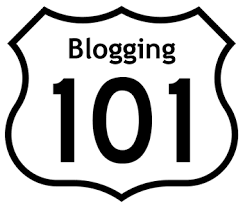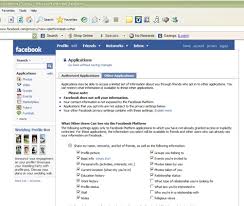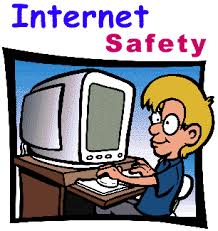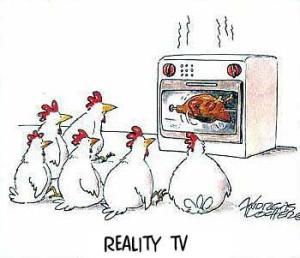In the words of Allison Fine in Momentum : ” The Net-Gen is plugged in, moving at Internet speed, and open-minded because they are coming into contact with so much information and so many different people from different places. The world is truly open to them and for them. The Net-Gen is ready to make social change happen. Are activist organizations ready for them?”
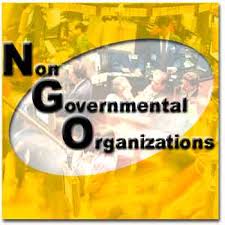

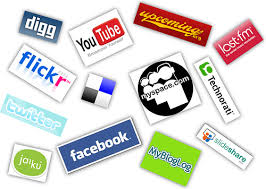
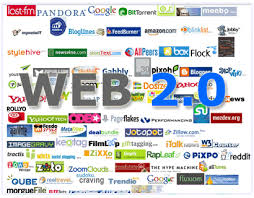
Social media without doubt has had an impact on the way we communicate with each other, conduct business transactions and approach opportunities that knock on our door. Following some reading I did regarding the non-profit organizations and their embrace of this technological phenomenon, I came to the following conclusion:
1. Social media can help non-profit-organizations engage their constituencies and deepen engagement from supporters.
According to the Nonprofit Social Network Survey Report conducted in March 2009, social networking has become an integral part of non-profits’ online strategy. Of the 929 respondents, 74.2 % have a presence on Facebook, and 30.9% have one or more social networking communities on their own website.
2. A number of NGO’s have been successful in using social media to change their cultures, and improve their programs and services. In her blog, Beth Kanter mentions the example of American Red Cross that began its social media campaign in 2006 by organizational listening strategy, which allowed them to take the input of their vocal critics and implement necessary changes for success.
3. Tremendous opportunity for non-profits
According to the Social Media Club and the Society of New Communications Research, trust in social media is significant among social media savvy would-be donors. 61 % of those aged 30-49 trust social networks and blogs to provide important information, as is the case with 44% of those 50 years or older. Among 30-49 year olds, social media use is also very high with 91 percent of users participating in social networks, 81 percent participating in blogs, and 56 percent participating in message boards. Among those 50 and older, 94 percent participate in social networks, 78 percent participate in blogs, and 60 percent participate in message boards.
Social media can not only help non-profit organizations approach their audiences in a timely and cost-efficient manner, it also allows them to establish necessary support for successful campaigns. Furthermore, it allows for promotion of networking and fundraising, conveying their goal through visuals and sounds. And let’s not forget that it enables the above-mentioned organizations to get closer to younger generations and get them involved in their efforts.
However, a non-profit organization (or any organization for that matter) must be ready on all levels before implementing a social media campaign. For example, there is no purpose in creating a presence on facebook or twitter if one’s website hasn’t been updated in three months. In a similar manner, social media can help if it is used to target the audience that use it. So, if the group an organization is trying to approach does not use iPhone applications etc. what is the point?
A couple of useful points that I came across:
1. Pitch the right social networks
2. Prepare to lose control
3. Find an “expert” to help you.
4. Make a good first impression.
5. Know who is already pretending to be you. Farra discussed this in her presentation, with a vivid example of big duck domain that was already taken on Facebook.
6. Think of social networking as an investment in the future.
And let’s not forget what Clay Shirky,author of Here Comes Everybody said: organizations of all kinds no longer have monopoly on coordinating or organising. The Internet is good for short sharp shock organising, whereas institutions can provide continuity. @clayshirky : “tools get socially interesting when they get technologically boring”.



